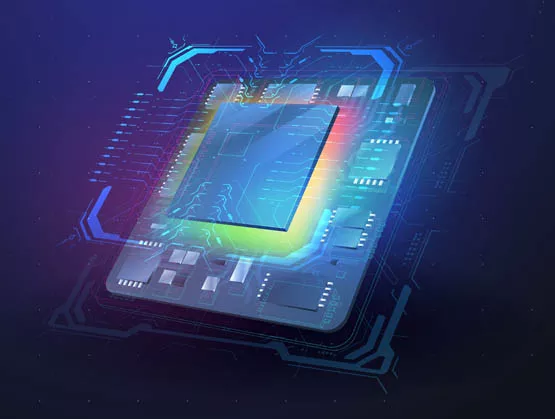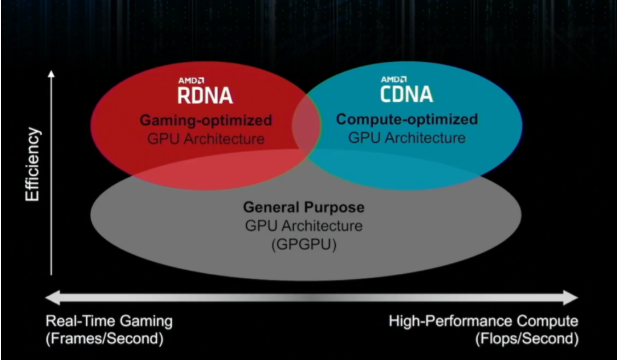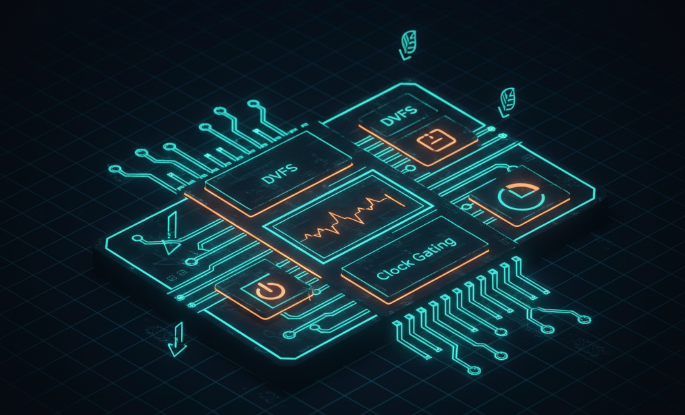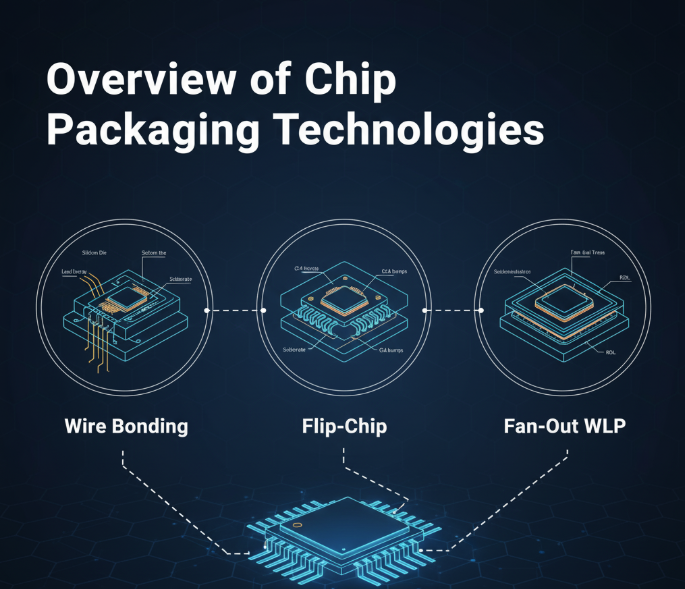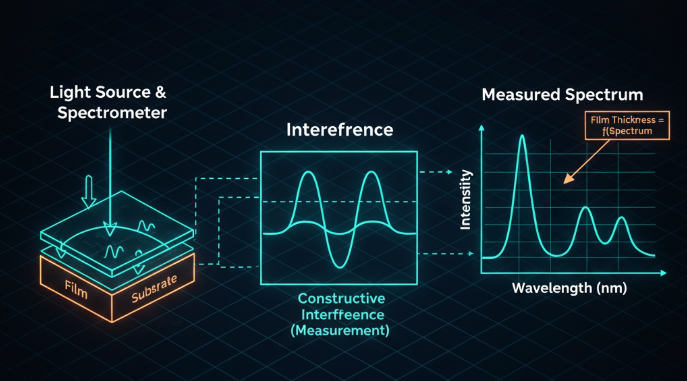Overview
Chips are the core components of many electronic products such as smartphones and require intensive capital and advanced technical capabilities. From design to deployment, a chip passes through several major stages: chip design, wafer fabrication, packaging, and testing. Each stage has unique challenges and is technically demanding.
Since the emergence of electronic design automation (EDA) in the 1980s, the difficulty of designing large-scale integrated circuits has been reduced: engineers can use EDA tools to compile hardware description languages into logic circuits and then perform debugging. However, despite powerful EDA tools, chip design remains a complex endeavor and is not inherently easier than fabrication.
This article outlines the main challenges across the chip design workflow and the practical difficulties designers face.
Challenge 1 — Architecture and Design Flow
Chip design consists of many indispensable stages. To evaluate the full design flow, the process can be broken down as follows when defining and implementing a chip architecture:
Requirement analysis
Clear requirements are the first step. Different markets demand different features, from contactless cards to multi-hundred-dollar consumer devices. Requirement analysis includes assessing future market trends, evaluating manufacturing capabilities, and estimating the size and skills of the design team.
Frontend design
Frontend activities include HDL coding, simulation verification, static timing analysis (STA), and logic synthesis. In HDL coding, designers must implement the functional goals without exceeding timing or resource limits.
During STA, designers determine the maximum operating frequency and verify timing constraints. If constraints are not met, they must diagnose causes and iterate until requirements are satisfied.
In logic synthesis (ASIC synthesis), designers set detailed targets and constraints to translate RTL into a gate-level netlist for the backend team. Frontend steps require rigorous, methodical thinking, deep understanding of the intended performance and characteristics, and sustained effort over time.
Backend design
Backend work covers design-for-test (DFT), floorplanning, placement and routing, clock-tree synthesis (CTS), and physical verification, i.e., transforming a netlist into GDSII for fabrication.
DFT inserts scan chains and other test structures so internal registers and sequential elements can be observed during test. Designers must plan for testability during design.
Floorplanning requires familiarity with the chip architecture and the ability to meet requirements with minimal area and conservative margins.
Physical verification validates functionality and timing of the completed layout. Verification tasks are numerous and complex, including LVS (layout versus schematic) and DRC (design rule checking).
Backend stages must account for many variables such as signal integrity and thermal distribution. Physical device characteristics vary across process nodes and operating environments; there are no universal formulas, so designers rely on EDA tools, modeling, and iterative trade-offs. Small mistakes can propagate, making correction costly.
Challenge 2 — Tape-out and First Silicon
In IC design, tape-out refers to producing a first silicon run for validation. Although tape-out is part of manufacturing, it is an essential step in the design cycle.
Validating a tape-out verifies the integrity and correctness of the design before mass production. If a design change is implemented without validation, errors discovered in silicon can lead to high costs or unusable parts.
Therefore, producing initial silicon samples is necessary to test whether each process step is feasible and whether the circuit meets intended performance and functionality. Passing those tests leads to volume production; failures require revisiting earlier design steps for fixes and optimizations.
Challenge 3 — Verification
Verification is a repetitive activity across all design stages and includes system-level verification, hardware functional verification, physical verification, and timing verification. When errors are found, earlier steps must be repeated and refined, which adds complexity.
Designers must anticipate potential issues and verify efficiently while maintaining correctness. Verification is resource intensive and requires patience, persistence, and expertise. Designers need sufficient understanding of protocols and algorithms to develop simulation vectors aligned with architectural goals, and they must know the design well enough to improve verification efficiency and shorten turnaround time.
Looking ahead, chip application scenarios are expanding into areas such as 5G, autonomous vehicles, and cloud computing, which raise quality expectations. With Moore's Law approaching practical limits, performance improvements increasingly depend on design innovation, placing greater pressure on designers and introducing new challenges for chip development.
 ALLPCB
ALLPCB


